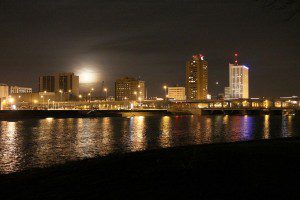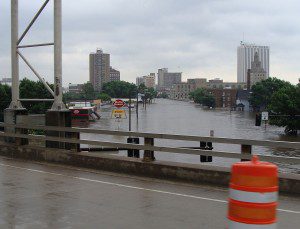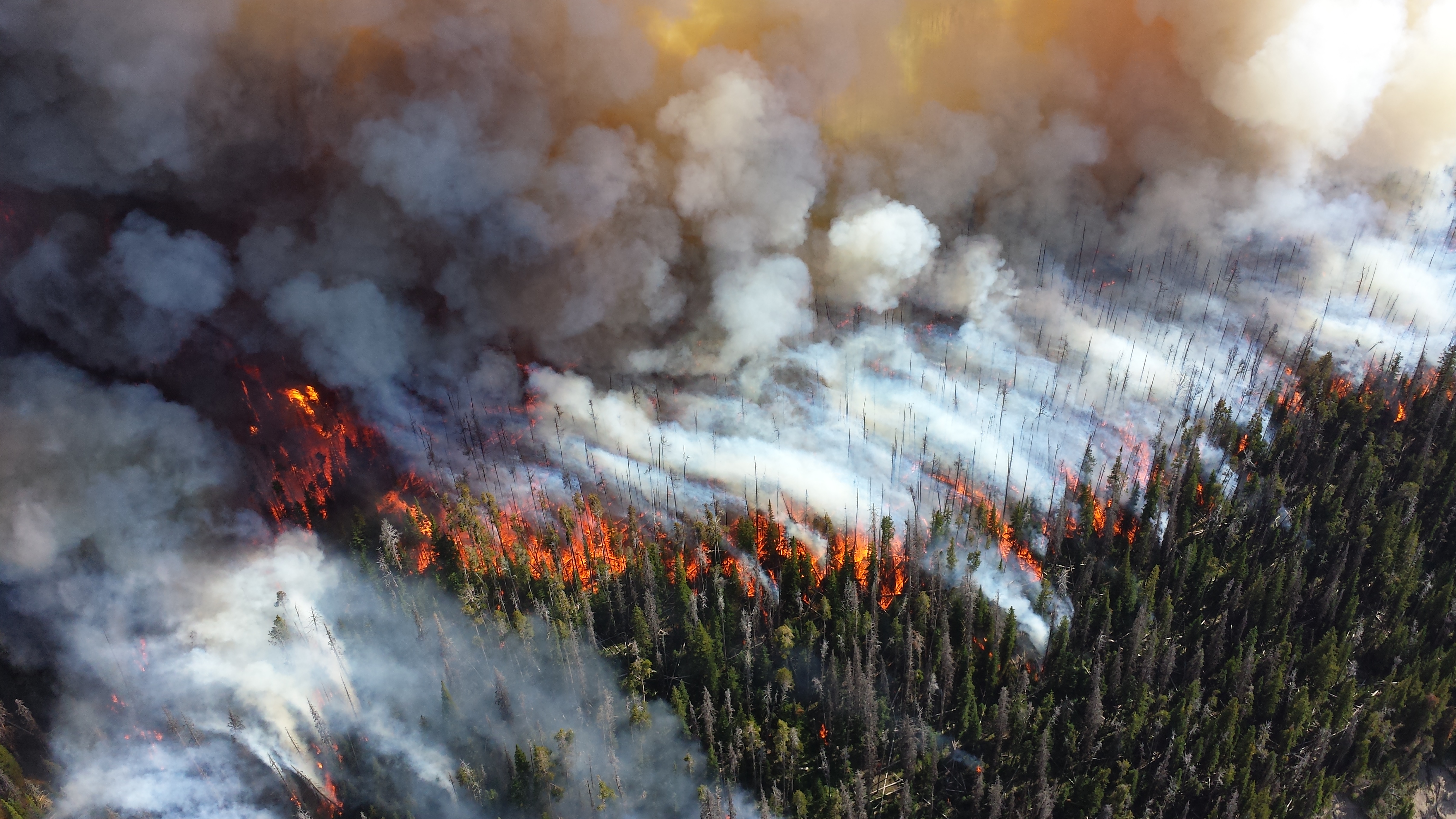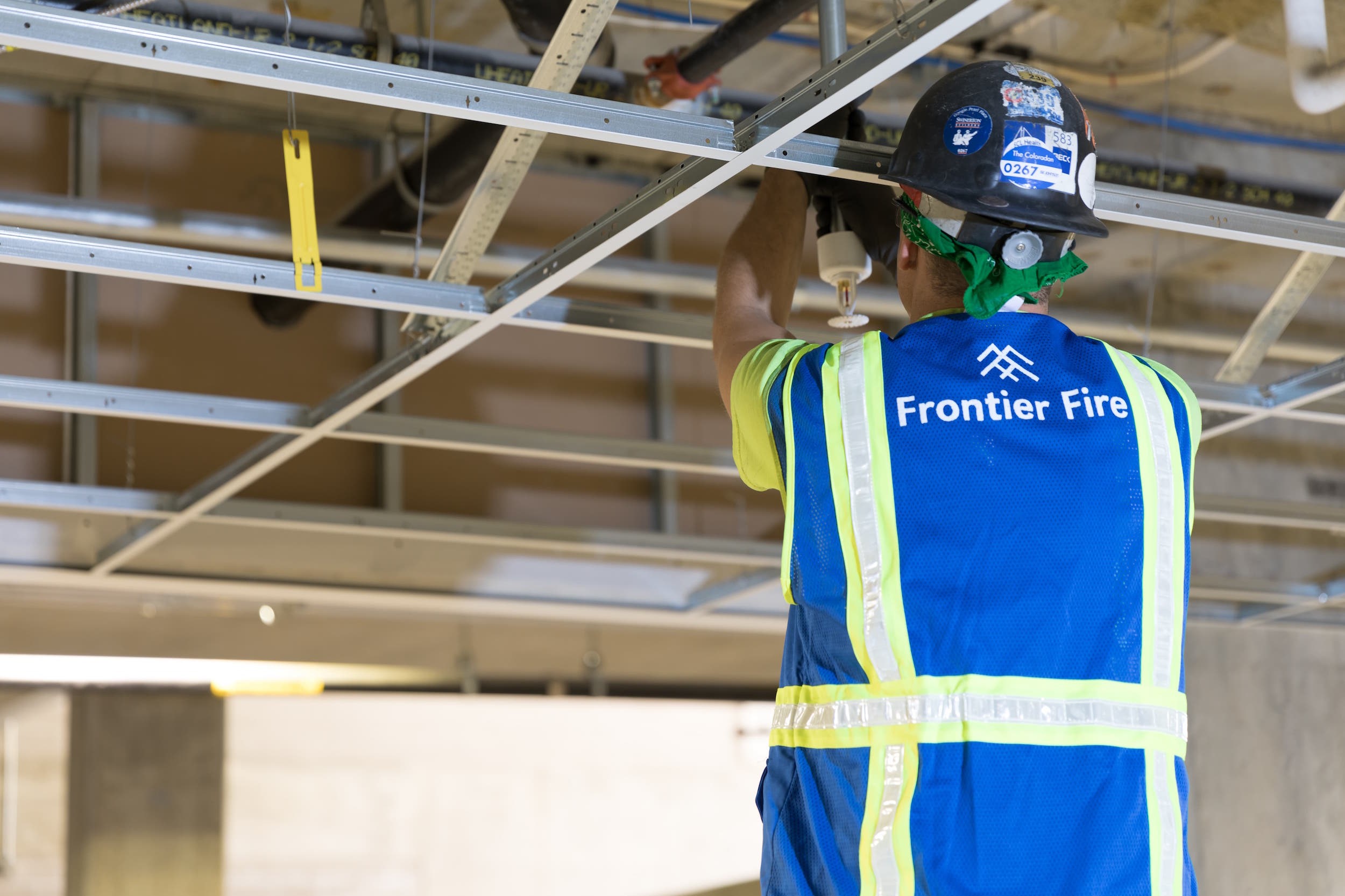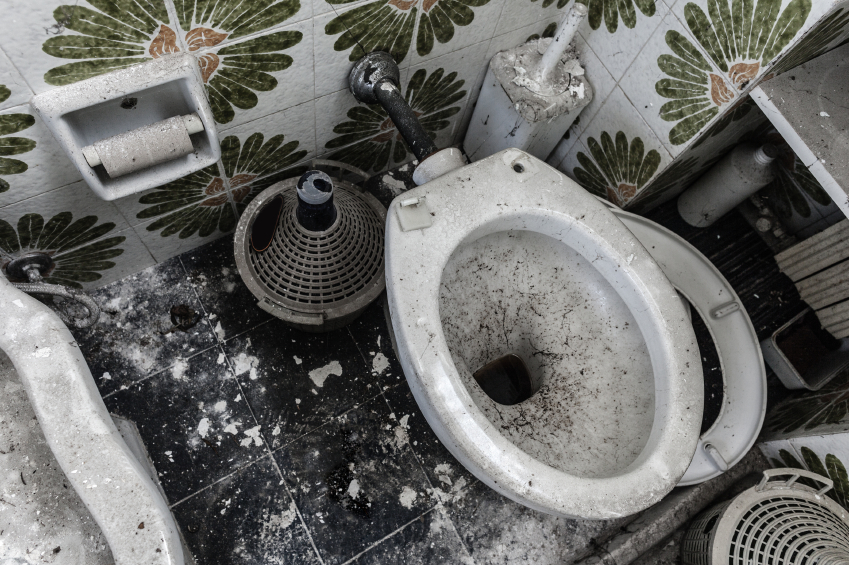Your Guide to the Common Weather Conditions of Cedar Rapids, IA
Cedar Rapids is Iowa’s second largest city, a cultural and economic hub located in the eastern portion of the state. It is commonly referred to as the City of Five Seasons which is a sort of commentary on the leisurely pace with which the locals approach life. The “fifth season” is the extra time that Cedar Rapids residents use to enjoy the traditional four seasons. While this moniker is purely figurative, Cedar Rapids, IA does experience four distinct seasons that bring frequent severe weather to the area. The winters are long, cold, and very snowy while the summers are very hot and humid with frequent thunderstorms. The Cedar Rapids Flood of 2008 is a recent reminder of how Cedar Rapids weather can turn severe.
The severe weather in Cedar Rapids, IA has the potential to cause significant damage to local homes and businesses. If you experience damage from a flood, storm, or other type of natural disaster, you can call trusted professionals that provide disaster restoration services in Cedar Rapids, IA. The damage caused by a storm or flood will only spread and get worse until you take action. Residents in the Cedar Rapids area should always be aware of impending severe weather and take immediate action if they experience any damage to their home or property.
History of Cedar Rapids, IA
The Fox and Sac tribes originally inhabited the Cedar Rapids area before Osgood Shepherd came to settle permanently in 1838. It was in this year that the town was established under its original name, Columbus. N.B. Brown renamed the town Cedar Rapids in 1841 after he and his associates resurveyed the area. The Cedar River, which flows through the town, got its name because red cedar trees line its banks. The town itself gets its name from the nearby Cedar River rapids. Cedar Rapids was officially incorporated in January 1849 and experienced a major boost to its economy when the Sinclair meatpacking company was founded in 1871.
Cedar Rapids is actively involved in food production as one of the world’s largest corn and grain processors. Companies involved in the grain processing industry still have a major presence in Cedar Rapids including Cargill, General Mills, and Quaker Oats. Cedar Rapids is also a major manufacturing region in the U.S.
Flood of 2008
In June 2008, Cedar Rapids experienced a devastating flood that affected thousands of homes and businesses throughout the city. It began on June 13 when the Cedar River rose to over 31 feet, far exceeding its previous high mark of 20 feet. As a result, both banks of the river flooded and spread over 10 square miles, covering approximately 14 percent of the city. The flood affected over 7700 properties, including City Hall which was on Mays Island and nearly 6,000 homes, displacing over 18,000 people. The Flood of 2008 not only shows the potential for natural disasters in the Cedar Rapids area, but also the importance of reacting to flood damage in your home or building.
Summer Weather in Cedar Rapids
The summers in Cedar Rapids, IA are very hot and wet in more ways than one. Rain and thunderstorms occur frequently throughout the summer and the area also experiences very humid conditions. A combination of high moisture early in the spring and heavy rainfall towards the end of spring contributed to the Flood of 2008. The Cedar Rapids area averages over 4 inches of rain per month from May through August with average temperatures in the low 80s. In addition to thunderstorms and humidityHumidity is the amount of moisture or water vapor present in... More, Cedar Rapids is also prone to tornadoes during tornado season which bring dangerous wind and hail to the area.
During the summer, Cedar Rapids residents must be alert for potential thunderstorms, floodingFlooding is the overflow or accumulation of water in areas t... More, or tornadoes. Each of these disasters can result in significant property damage that you must deal with immediately. Excessive rain and floodingFlooding is the overflow or accumulation of water in areas t... More can cause water damage in a home and because many building materials are porousPorous describes a material that contains small openings or ... More, the water will spread quickly to cause extensive damage and moldMold is a type of fungus that grows in damp or humid conditi... More growth. The humid conditions also contribute to these problems as the humidityHumidity is the amount of moisture or water vapor present in... More alone can trigger moldMold is a type of fungus that grows in damp or humid conditi... More growth and even result in minor water damage. If you notice water damage or moldMold is a type of fungus that grows in damp or humid conditi... More in your home or business, make sure you call the water damage and mold remediation professionals in Cedar Rapids, IA to limit and restore the damage.
Winter Weather in Cedar Rapids
The winters in Cedar Rapids are brutally cold and very snowy. The average low temperature of December, January, and February is well below 20 degrees Fahrenheit, and January and February each have an average snowfall of over 6 inches. These weather conditions can leadLead is a heavy metal that can be toxic to humans, especiall... More to several problems for your property. Snow and ice adds extra weight and pressure as it accumulates on your roof which can cause structural damage. If there is a warm front immediately after a snowfall, the melting snow can cause water damage as well. Burst pipes are another common source of water damage in the winter. The freezing temperatures can cause water within the pipes to freeze and expand until it breaks the pipe.
If you experience water damage from any of these scenarios during the winter, it is important to call a water damage restoration professional right away. They can handle any type of water damage at any time of year with the proper experience and equipment.
Disaster Restoration in Cedar Rapids, IA
The Cedar Rapids area is very scenic with the Cedar River that cuts through the city and red cedar trees along the banks and throughout the region. However, it is important to remember that the area can potentially experience extreme weather at any point of the year. If you experience property damage to your home or business due to the weather, make sure you call the disaster restoration professionals of Cedar Rapids, IA. Their restorationRestoration is the process of returning a property to its pr... More experts will restore your home and your peace of mind so you can enjoy Cedar Rapids’ “fifth season.”










